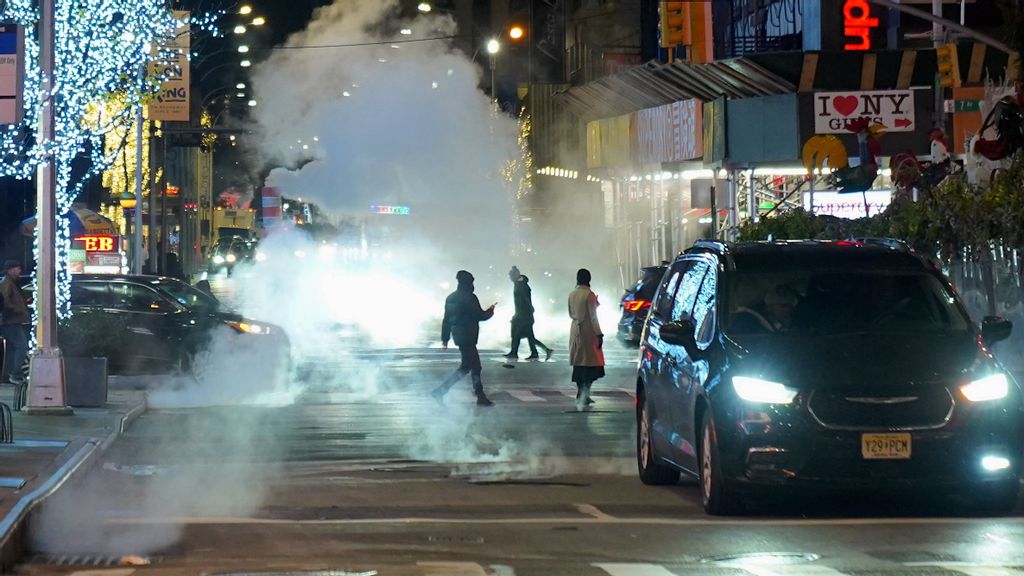
Record-low temperatures chilled New England on Friday, leading to a cold-weather phenomenon that’s rarely seen in the United States.
A handful of folks in Burlington, Vermont, caught sight of a funnel over Lake Champlain Friday afternoon, but this was no waterspout. The funnel instead drew in steam fog, also referred to as sea fog, creating what is referred to as a “steam devil.”
These foggy funnels occur during periods of cold weather much like the Arctic blast that New England recently experienced as temperatures in the region dropped below zero and hit record-breaking levels. In Burlington, where the lake is located, temperatures dropped as low as 14 degrees below zero on Friday, followed by a temperature reading of 15 degrees below zero by early Saturday.
“The combination of record cold air crossing the warmer lake was responsible for the phenomenon,” AccuWeather Senior Meteorologist Tom Kines said. “Not only did we have the record cold air, but because January was very mild, there were still large parts of the lake that were ‘open,’ or not covered with ice. In a typical winter, the lake would have had much more ice on it and that would have greatly reduced the odds of the steam devils occurring.”

For sea steam — an essential ingredient for a steam devil — to form, frigid air such as that provided by a lapse in the polar vortex must move across a relatively warm body of water. Water temperatures for Lake Champlain typically fall between 35 and 40 degrees Fahrenheit during January, and the USGS gauge at Burlington recorded a water temperature of 32 degrees just after 3 p.m., local time. While the reading is hardly balmy, it was warm enough compared to the air temperature as it neared double-digits below zero.
“When you have this sharp division between a warm body of water and a very cold air mass overhead, we see a transfer of heat at the surface of the water which results in water vapor quickly condensing as it mixes with cold air,” according to the National Weather Service.
This difference in temperature can also cause sea smoke to rise and rotate, according to Kines.

“This is very similar to what causes thunderstorms to form … very warm air at the surface and cooler air aloft which leads to those billowing clouds (cumulus clouds),” he said, adding that sea smoke is fairly common in the Arctic and Antarctic, but rarer in the mid-latitude regions.
While a steam devil can closely resemble a waterspout, the latter has deeper convection and will be spiraling down from a cloud. In comparison, steam devils rise upwards and aren’t attached to clouds.
Produced in association with AccuWeather.







